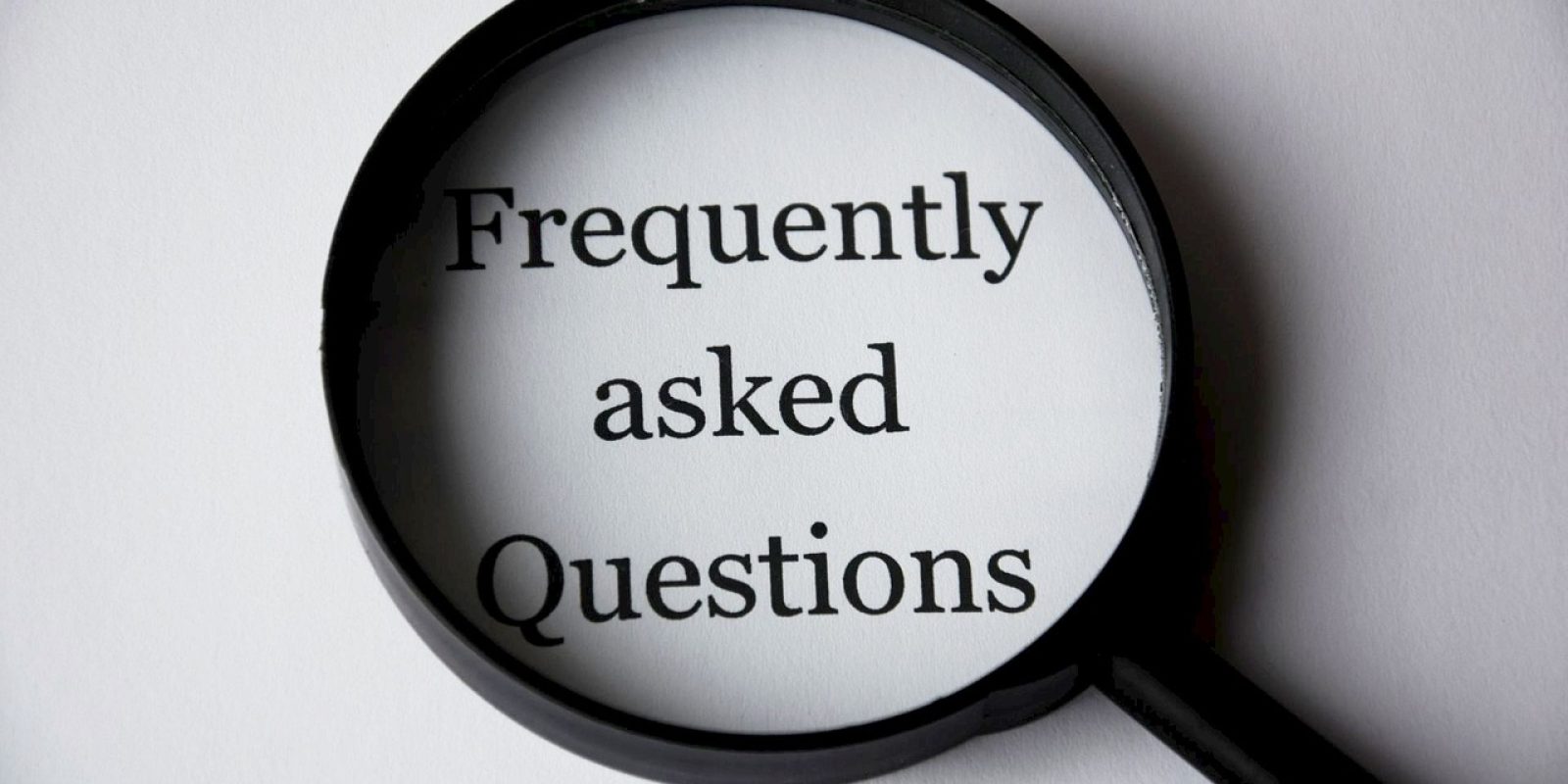A crowdfunding campaign to raise capital is first and foremost a marketing operation, which must be fueled with a robust communication strategy.
Crowdfunding, in fact, is a form of financing that relies on engaging people and creating a community around a project, and thus needs to communicate information in an effective, persuasive and exciting way, and to trigger a powerful word-of-mouth effect.
The importance of communication for crowdfunding
Making an investment is never a simple or spur-of-the-moment action, so convincing people to back a project with their own money cannot be improvised or relied on "just" a solid business plan or a brilliant business idea: you have to build a plan of consistent and pervasive communication activities designed specifically for crowdfunding.
Let us try to summarize the reasons why it is essential to have a communication strategy for crowdfunding:
- so many people do not know what crowdfunding is or have an accurate understanding of how it works and the different types;
- getting the name of a company and its product/service known is one thing, getting people to believe in it to the point of investing money in it is another;
- there is still a lot of distrust of the startup world and online investing in general;
- rarely is a non-recurring or commodity purchase made on impulse, let alone an investment;
- participating in a crowdfunding campaign does not have an immediate or secure financial or material return, so it needs major stimulation (see under reward!);
- crowdfunding platforms themselves tend to exclude companies that do not have a communications strategy or at least the basis for building one.
These critical issues explain why most crowdfunding campaigns that fail do so either because they did not set up an ad hoc communication strategy or because they did not start the communication activities on time.
But before we talk concretely about how to avoid this mistake, we need to make a very important preliminary distinction.
Communication and marketing are NOT the same
Let's immediately clear the air of a misconception as old as time, which can now be considered unhinged in theory but not always in practice.
Communication is the transmission of a message to stakeholders with the purpose of providing information about the brand, corporate values, product or service, related topics, goals achieved or set by the company, events in corporate life, and the team.
Marketing is the organization of the processes of conveying a persuasive message for the purpose of selling the product or service to the identified target audience of potential customers.
It is clear that the distance is thin and the two activities are closely related, but to carry them out effectively this correlation must be understood and not nullified in an identification.
The key lies in the words "organization" and "processes" found in the definition of marketing. The latter is a process, indeed, a set of processes for identifying a target audience, building a strategy and a concrete path (online and offline) to reach the target audience with appropriate channels and tools and obtain their contacts, managing contacts with appropriate databases and CRMs, devising stratagems to lead each contact to active interaction and finally to purchase.
This complex machine has to be fed for it to get going: its power is communication. To sell something, you have to communicate it.
Similarly, a perfect message sent in cosmic nothingness, barely whispered or extrapolated and isolated from a conversation will get very little hearing and even less results (read: waste of resources!). Communication content, therefore, needs to be conveyed and amplified by marketing tools.
Communication and marketing, in conclusion, may have different purposes, but they need each other to achieve their goals, which often intersect or overlap.
FIRST build marketing processes, THEN fill them with communication activities.
How to do communication for crowdfunding
We have learned that communication activity in the strict sense has to do with the production of content. This content will then be made efficient by marketing processes, which will allow it to be used to best effect to nurture the relationship with stakeholders (customers or potential customers) online and offline, generate organic traffic online, and to create paid advertising.
The intent of the communication for crowdfunding should therefore be twofold:
- informative
- persuasive.
Similarly, the direction of communication issues will have to be twofold:
- crowdfunding
- the company and its project
On the one hand, potential investors need to have a good understanding of what crowdfunding is and how it works, overcoming any mistrust, and on the other hand, to learn more about the company and find out what that specific crowdfunding campaign has in store for them. Especially important is to communicate the added value that the campaign offers, namely the rewards.
Depending on the type of target audience and the communication channels selected at the marketing strategy stage, different types of content should be created:
- blog articles
- social networks posts
- videos
- graphic material
- texts for landing page
- adv texts
- newsletters
- personalized emails For each stage of user interaction
- press releases
- interviews
- lead magnets (es. ebooks, reports, webinars ecc.)
- flyers
- ...
The smartest strategy is to first define the key information to be communicated, starting from the most general to the most particular, and then to distribute it in the various forms. Some content will be suitable only for certain forms of communication and not for others, and should not be forced. The most efficient way, however, is to create as much content as possible that is suitable for reworking to replicate on different channels in different forms. This saves a lot of time and resources and allows for effortless consistent communication (which does not mean "copy and paste"!).
Want to learn more directly with our crowdfunding experts about the topic you are reading about?
Turbo Crowd can reveal to you all the tricks of the crowdfunding trade, explain the capital-raising opportunities available to you, and provide you with practical support to carry out a successful crowdfunding campaign.
How to create useful content to communicate to potential investors
A key characteristic that all content, not just content created for crowdfunding communication, must have, is usefulness. This, in fact, also figures among the main factors for content optimization from an SEO perspective, as it is highly valued by Google in its rankings.
In today's competitive world, in a place as crowded as the Web, it is not enough to make presence and volume with empty content. To make yourself heard and earn the trust of your potential customers and investors, you have to provide them with something really useful and interesting.
Information, data, research, anecdotes, guides that are directly or indirectly related to your product/service and attractive to your target audience profile will stimulate the curiosity of your stakeholders, encourage them to follow you for more content, and generate good sentiment towards you and what you propose.
If you routinely provide useful and quality content, a person is more likely to decide to trust you and listen to you even when you offer to invest in your crowdfunding campaign or purchase your product/service.
To communicate content of this kind, one can use not only text such as articles, which in any case should always be curated in both form and substance, but also impressive lead magnets such as short pdf ebooks with insights or practical guides on a topic or live webinars in which to talk about issues or problems that the target audience cares about, perhaps together with experts in the field as well as some members of the corporate team, or even video advice pills.
Which channels to choose for communication?
The choice of channels on which to convey communication is part of marketing strategies and depends on an analysis of several factors, the main ones being:
- target
- type of product/service
- resources (human and economic) available to the company
- brand identity and positioning.
If you are going to do a crowdfunding campaign, select the channels on which the company is most active and most followed (even all of them, if they are already well developed and you can manage them). If you are starting from scratch in the marketing and communication field, focus only on the channels that are most effective and easiest for you to build: it takes time and energy to gain a real following on a channel. Better few but good.
Not to be forgotten: in addition to corporate communication, one should also take care of the personal communication of the company's founding partners or most publicly active team members. To generate trust, putting one's face on it is imperative.
Communication activities should be distributed not only on its own channels, but also on third-party channels, and in both cases both paid and organic options should be selected.
The former are:
- advertising On their own channels (sponsored posts and landing pages)
- advertorial content on third-party channels
- influencer advertising
The latter are:
- Social contents, blog posts, newsletters
- cross-posting on blogs of friend or partner sites
- press releases or interviews in newspapers, on radio, etc.
When to do communication for crowdfunding
This point is crucial. The timing of communication follow different rules in the context of a crowdfunding campaign.
Let's see what these rules are.
- Start well in advance to prepare the communication content for the crowdfunding campaign. This preparation constitutes the so-called "onboarding" phase of the campaign, in which concepts should be defined and materials created. If social channels and the website blog are to be built from scratch, it is better to budget for a few months of running-in.
- Begin communication well before the campaign launch, i.e., in the precrowd phase. The limited time of the campaign is not enough to create a community of informed and involved potential investors.
- During the campaign, continue communication activities consistent with what has been done so far and provide for a very dense editorial plan, with very frequent publications of content (almost daily).
- Prepare strategic content to raise interest at the stages of the campaign when attention wanes (usually happens after the initial investment spike).
- After the campaign, continue communicating with supporters, updating them on the company's activities to keep their interest alive and the community solid.
- Last but not least, constantly monitor the effects of the communication strategy adopted to intervene at any time with any course corrections.
From this lengthy examination, you will have realized that doing crowdfunding communications is an activity that requires commitment and strategic preparation, as well as precise coordination with marketing and sales activities.
Do you need support in preparing a successful crowdfunding campaign and seeking potential investors for your project?
Turbo Crowd can accompany you throughout the process, from organizing the precrowd to closing the collection, developing effective and innovative marketing strategies to best promote your campaign.











































